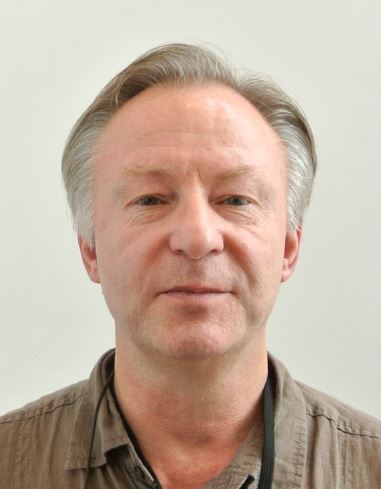University of Amsterdam (UVA)

The University of Amsterdam (UvA) was founded in 1632. Today it employs over 5,000 employees and offers 59 Bachelor and 134 Master programs to more than 30,000 students. The UvA is a member of LERU, the League of European Research Universities. In 2010 the academic staff of the University in its seven Faculties produced more than 8,000 research papers, and more than 400 PhDs were awarded. The research of the University addresses both fundamental and applied issues, with attention to the valorization of knowledge and realization of societal benefits. Many of its research groups belong to the international top. The Institute for Biodiversity and Ecosystem Dynamics (IBED) is a truly multidisciplinary institute, as it comprises scientists with expertise in biology, physical geography, environmental chemistry and mathematical modeling. IBED’s research objective is to increase our understanding of the diversity and dynamics of ecosystems from the level of molecules and genes to entire ecosystems. The aim is to unravel how ecosystems function in all their complexity, how they change due to natural processes and human activities and how these insights can be used for sustainable management of the system Earth. IBED’s research is based on a well-balanced mix of experimental work, theoretical analysis and solid conceptual thinking, supported by state-of-the-art facilities, such as greenhouses, laboratories for microbiology and molecular biology, climate chambers, a new erosion laboratory, a GIS studio and access to high performance computing.
Contact person: Gerard Muyzer (g.muijzer@uva.nl)
Website: www.uva.nl
Role of UVA in MaCuMBA:
UVA will coordinate work package 2, which is dedicated to the use of innovative approaches for isolating and culturing the uncultured. UVA will furthermore participate in work package 3 by developing genetic algorithms to improve the culture efficiency of microbial strains isolated in WP2. It will participate in
- work package 4 to study the effect of compatible solutes on strain preservation,
- work package 5 to study the role of cell-to-cell communication in enrichments of microorganisms, and
- work package 6 by using ‘omics’ approaches for the characterization of isolates, enrichment cultures and environmental samples. It will contribute to work package 7 by providing isolates for screening.
Profile of staff engaged in the project:
|
|
Prof. Dr. Gerard Muyzer is professor in Microbial Systems Ecology at the Institute for Biodiversity and Ecosystems Ecology (IBED) of the University of Amsterdam (UvA), visiting professor at the University of Milan (Italy), and guest scientist at the Delft University of Technology (Delft, The Netherlands). Before these positions, he was (i) Head of the Molecular Ecology group at the MPI for Marine Microbiology in Bremen, Germany, (ii) Head of the Molecular Biological Laboratory at NIOZ (Texel, The Netherlands), and (iii) Associate Professor at the Department of Biotechnology of Delft University of Technology (Delft, The Netherlands). His research interests are microbial diversity and evolution, ecophysiology, systems biology, and bacteria involved in the sulfur and nitrogen cycle. Within his research he combines traditional microbiology with state-of-the-art ‘omics’-techniques. |
|
|
Catarina Cúciois a PhD student in the Aquatic Microbiology group at the Institute for Biodiversity and Ecosystem Dynamics (IBED) of the University of Amsterdam (UvA) under the supervision of Prof Gerard Muyzer. She has a degree in Biology from the Universidade Lusófona de Humanidades e Tecnologias in Lisbon, Portugal, and a MSc in Marine Biology from the University of Algarve, Portugal. During her MSc programme, Catarina worked with microbial communities associated with Cnidarians and marine sediments, and developed skills in molecular, bioinformatic and microbiological techniques. Her present research within the MaCuMBA project is focused on the characterisation of the seagrass microbiome and the interactions between bacteria and the plant. |

